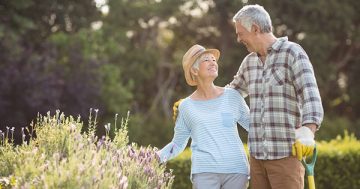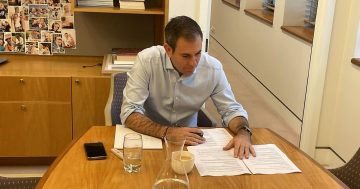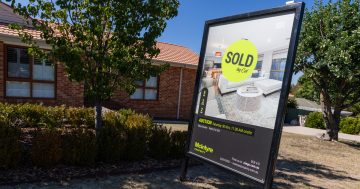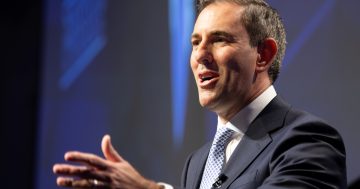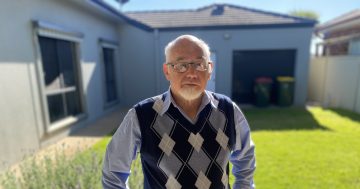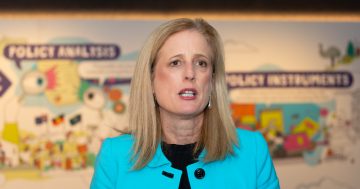Rod Myer* says many Australians are stressing out unnecessarily because their estimations of what they need for a comfortable retirement are way beyond what it actually costs.

Photo: Vlad Sargu
Australians have a massive disconnect when it comes to what they think they will need and what they will have in retirement.
The latest Wealth Sentiment survey from NAB-owned MLC found that the average balance people think they will need for the retirement they want is $1.14 million, along with owning a home.
But when MLC asked what people expect to have when they stop working, the answer was $638,000, outside the family home.
That implies that a lot of people are stressing out unnecessarily because their estimations of what they need is way beyond what a comfortable retirement actually costs.
The Association of Superannuation Funds of Australia (ASFA) estimates that a home-owning couple would need $640,000 to buy a comfortable retirement while for a single it’s $545,000.
Remember the MLC figure people believe they will actually have in retirement is for a single, not a couple.
So, if people do retire on what they expect to have then they should be comfortable in their later years as it’s still well above the ASFA standard.
But there is another reality check that needs to be taken: whether people will actually meet their estimates for retirement balances.
“At this time fewer than 20 per cent of single people and 30 per cent of couples aged over 65 are able to achieve ASFA’s standard at retirement,” said Martin Fahy, CEO of ASFA.
“Currently, the average super balance at retirement is $292,500 for men and $138,150 for women — a big gap from the current ASFA ‘comfortable’ level.”
Other estimates of current retirement balances are a little higher (for men), with the Australian Bureau of Statistics (ABS) putting them at $322,000 and only $180,000 for women.
Research group Roy Morgan found recently the figure was an average of $304,000 across genders.
Eva Scheerlinck, CEO of the Australian Institute of Superannuation Trustees, said the availability of the age pension is often ignored in determining retirement needs.
“Many of the commentators who claim you need $1 million for an adequate retirement income ignore the role of the age pension in supplementing retirement income for around 75 per cent of retirees,” Ms Scheerlinck said.
“The reality is that most older Australians currently approaching retirement do not have anything like $1 million in super.”
“The age pension is designed to work alongside super and significantly boost the income of retirees with low super balances — whether this be at the start of their retirement or further along as they draw down on their super capital.”
The age pension for singles of $23,096 a year and $34,819 for couples equates to retirement balances of $460,000 and $680,000 respectively if an investment return of 5 per cent is assumed.
These should be added to existing retirement balances to give people a better idea of what their retirement will look like.
“Understanding how the age pension works alongside superannuation can help create a more realistic picture of retirement and alleviate fears of not having enough income,” Ms Scheerlinck said.
“We also need to remember that most retirement income — unlike wages — is tax free.”
Lara Bourguignon, MLC’s superannuation chief, said “concerns that people will need a $1 million plus balance have become more prevalent over the last two years with the rising costs of utilities and housing”.
“Particularly with people thinking they will still have a mortgage on retirement.”
“However, small balances are important and even a $100,000 balance could add $10,000 in income a year,” she said.
“As the system matures, and more people receive a working lifetime of super, retirement balances will grow significantly,” Ms Scheerlinck said.
However, for non-homeowners in major cities, balances of $1 million are necessary for a comfortable life because of rising rents, ASFA has found.
* Rod Myer is a Melbourne journalist and Editor of YourSuper. He tweets at @RodMyer1.
This article first appeared at thenewdaily.com.au.


